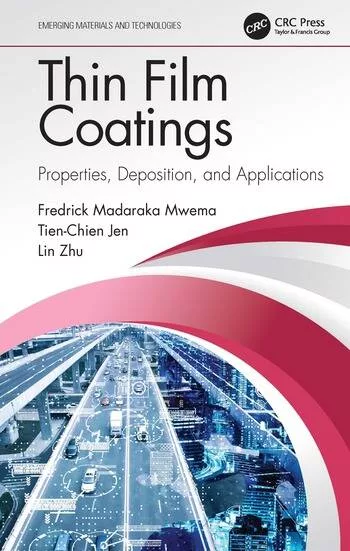RadTech Honors Users of Next-Generation Industrial Applications
BETHESDA, MD – RadTech, the nonprofit trade association for UV and EB technologies, is once again honoring innovative companies that utilize UV and EB technologies with the Emerging Technology Awards. The RadTech Emerging Technology Committee will recognize these companies at RadTech 2012, the biennial UV and EB technology conference and exhibition held April 30 to May 2 in Chicago. Some of the companies receiving awards will also be presenting within the RadTech conference, offering attendees the opportunity to learn how to move their business forward utilizing UV and EB curing technology.
UniPixel Inc, The Woodlands, TX, is being honored for conductive film manufactured using a low-cost, UV-curable, transparent roll-to-roll process by micro and nano-embossing. Today's electronic devices can be thought of as a complex stack of layers or films. One of the most critical functions of a film in an electronic device is that of conductivity. The dominant technology used for transparent conductive films is thin films of ITO. However, ITO has several major problems such as cost, future availability, brittleness and flexibility. UniPixel has taken a novel approach in solving these problems, offering a significant advantage over the production of most other conductive films. In addition to its conductive film solution, UniPixel has taken the concept of micro or nano-embossing UV-curable films to develop anti-fingerprint and security films; it has also developed a high-performance, hard, but flexible, coating now being targeted as a protective layer for devices such as touch screens. UniPixel's innovate films are being tested in a large range of products including touch screens, cell phones, two-dimensional and three-dimensional televisions and PVs. The key is that all of these unique products have been enabled by using UV-curable materials and coatings.
Interprint NA, Pittsfield, MA, is being honored for EB coatings for decorative laminates on film substrates. Interprint is a worldwide leading designer and printer of decorative papers used as the design layer in laminate surfaces such as kitchen countertops, flooring, furniture and retail fixtures. To supplement this paper-based business, the company recently invested in equipment that cures coatings that have been applied to a printed oriented polypropylene (OPP) with an electron beam. The resultant product provides excellent moisture and scratch/abrasion resistance. It also offers exceptional print fidelity, miter foldability and gloss with low energy consumption, carbon footprint and cost.
HRL Laboratories LLC, Malibu, CA, is being honored for UV used to make the world's lightest structure. A new UV photopolymerization technique has been developed to create or "architect" microlattice materials in a rapid, scalable fashion. The microlattice materials are formed by taking advantage of a self-propagating waveguide phenomenon that can occur under certain exposure conditions. Because the waveguides propagate from a single exposure plane and can interconnect during formation, thick three-dimensional polymer microlattice materials can be formed in less than one minute with features ranging from tens of microns to millimeters. The inherent flexibility of this new approach enables precise control of the microlattice material architecture, which ultimately enables the design of a material to achieve a particular property or function. The utility of these new materials ranges from lightweight energy absorbing structures, to thermal management materials, to bio-scaffolds. These materials have also been utilized to create the world's lightest structure enabled by UV technology.
For more information about RadTech 2012, visit www.radtech2012.com.
Looking for a reprint of this article?
From high-res PDFs to custom plaques, order your copy today!





